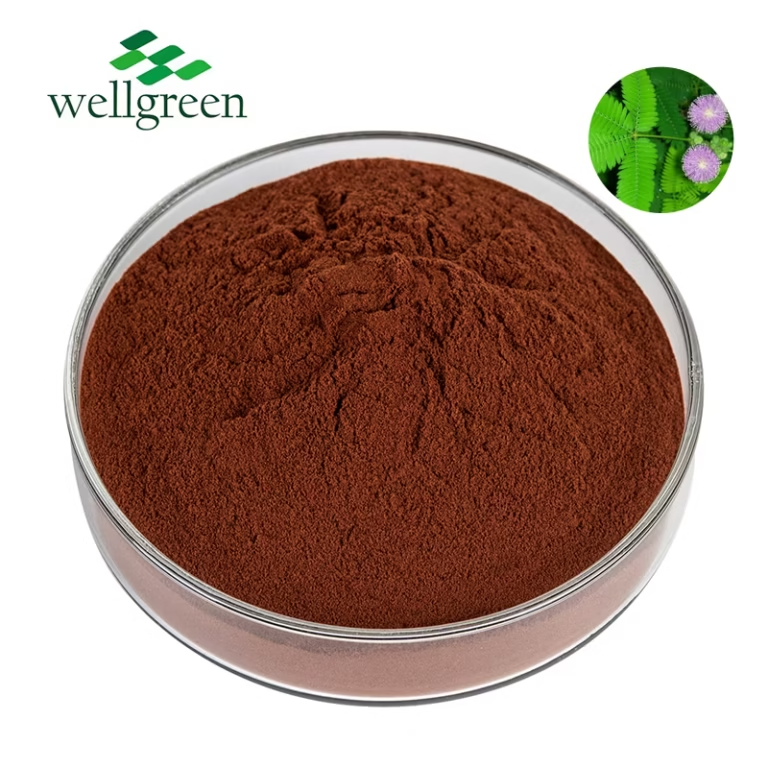
The branches of Mimosa tenuiflora, commonly known as quebracho blanco, have been employed for centuries in indigenous medicine across the Americas.
Ethnobotanical studies reveal the efficacy of M. tenuiflora extracts in treating a diverse range of ailments, including pain.
Traditional healers utilize the root bark in multiple forms such as teas to alleviate symptoms.
Some key applications of M. tenuiflora encompass wound healing, and it is also thought to possess analgesic properties.
Phytochemical Analysis Mimosa tenuiflora Root Bark Extracts
This study focuses on evaluating the phytochemical content of Mimosa tenuiflora root bark extracts. The extraction methods employed involved various solvents, including ethanol. The resultant extracts were then subjected to a battery of analytical tools such as thin-layer chromatography (TLC) to characterize the predominant phytochemical compounds. Preliminary results reveal the abundance of a array of secondary metabolites, including alkaloids, which are known for their biological properties. This comprehensive phytochemical analysis aims to provide valuable insights into the benefits of Mimosa tenuiflora root bark as a source of medicinal remedies.
Ancient Uses and Potential Medicinal Benefits of M. tenuiflora Root Bark
M. tenuiflora, a species renowned for its unique root bark, has been utilized in traditional medicinal practices for epochs. Indigenous cultures have long recognized the medicinal properties of this potent ingredient. The root bark is customarily extracted and administered to treat a spectrum of ailments, including inflammatory conditions.
Contemporary research is initiating to explore the potential of M. tenuiflora root bark in offering medicinal benefits. Studies have indicated that certain compounds present in the bark may possess antiviral properties, affecting its potential to neutralize a broad array of diseases. Additionally, preliminary research suggests that M. tenuiflora root bark may also possess cognitive-enhancing effects, though more extensive studies are needed to substantiate these findings.
Pharmacological Activity of Mimosa tenuiflora: A Review of Root Bark Studies
Mimosa tenuiflora, commonly identified as the jurema plant, has a profound history of cultural medicinal use in South America. The root bark of this genus is particularly valued for its diverse pharmacological properties. Numerous researches have analyzed the potential benefits of M. tenuiflora root bark, revealing a range of constituents with noteworthy biological potency.
- One domain of particular attention is the analgesic efficacy of M. tenuiflora root bark extracts.
- Initial data suggests that these formulations may modulate the immune response, potentially providing alleviation from various inflammatory disorders.
- Additionally, studies have indicated that M. tenuiflora root bark may possess cellular protective attributes, which could play a role to human health by reducing oxidative damage.
The complex nature of M. tenuiflora root bark profile and its capabilities for get more info therapeutic uses warrant further exploration. As research progresses, a more comprehensive understanding of the pharmacological effects of M. tenuiflora root bark may emerge, possibly leading to the development of novel and effective therapeutic interventions.
Isolation and Characterization of Medicinally Potent Molecules from *M. tenuiflora* Root Bark
This research focuses on the isolation of bioactive substances from the root bark of *M. tenuiflora*. Numerous extraction methods, such as solvents, will be applied to purify a variety of extracts. The characterization of these extracts will involve assays like mass spectrometry and structure elucidation. The therapeutic activities of the isolated compounds will also be evaluated using in vitro systems.
This project seeks to identify and characterize promising compounds from *M. tenuiflora* root bark with potential uses in medicine.
Examining the Anti-inflammatory and Antioxidant Properties of Mimosa tenuiflora Root Bark
Mimosa tenuiflora, commonly known as the Acacia tree, is a species native to arid regions. Recent research has focused on its {potentialuses for human health, particularly concerning its anti-inflammatory and free radical scavenging properties. The root bark of Mimosa tenuiflora is a rich wellspring of bioactive molecules such as alkaloids, which have been shown to exert potent actions against oxidative stress.
- Studies have demonstrated that extracts from Mimosa tenuiflora root bark can effectively reduce the production of inflammatory cytokines in both *in vitro* and *in vivo* models.
- Additionally, these extracts have exhibited notable scavenging effects by trapping harmful free radicals, protecting cells from oxidative stress.
These findings suggest that Mimosa tenuiflora root bark holds promise as a {naturaltreatment for various inflammatory and oxidative stress-related conditions. However, further research is needed to fully elucidate its mechanisms of action and optimize its therapeutic applications.
